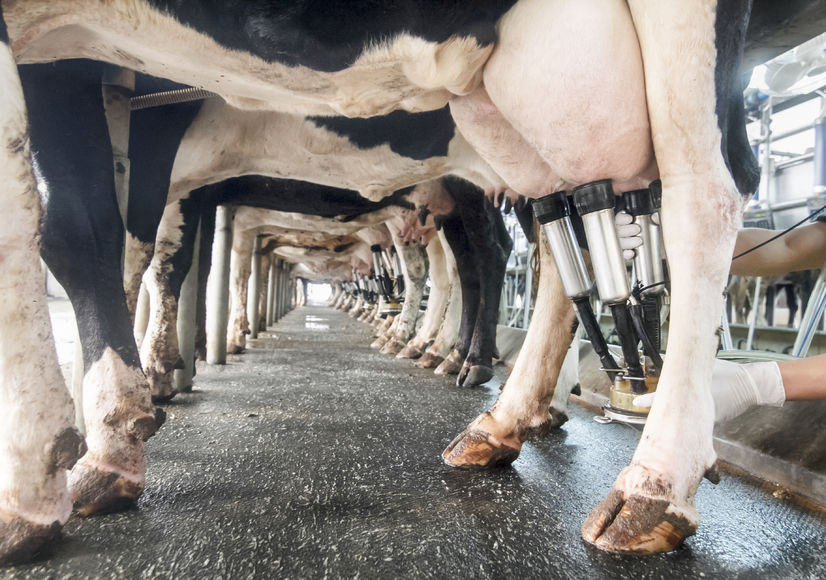
The dairy sector must reflect on the success of alternative dairy products and consider applying those lessons, according to new research.
Dairy alternatives are on the rise as consumers increasingly go dairy-free, particularly when it comes to milk.
According to the latest RaboResearch report 'Dare Not to Dairy', the dairy sector must borrow some of the tactics alternative dairy products use.
The report states that dairy alternatives have competed in the dairy space for decades, but competition has intensified as dairy alternatives broaden in types, styles, and categories of product.
It shows that global retail sales growth for dairy alternatives has soared at a rate of 8 percent annually over the last ten years.
With retail sales valued at $15.6bn, dairy-free ‘milk’ represented 12 percent of total fluid milk and alternative sales globally in 2017, according to statistics at Euromonitor.
Nutrition, price, and flavour tend to favour dairy, but changing consumer perceptions around health, lifestyle choices, curiosity, and perceived sustainability are increasingly drawing more people to select ‘dairy-free’ products.
'Weak milk sales'
“Global demand for dairy is expected to grow by 2.5 percent for years to come, with demand for non-fluid categories offsetting weak fluid milk sales,” says Tom Bailey, RaboResearch Senior Analyst – Dairy.
“While it’s not essential to diversify into dairy alternatives, it would be wise for the dairy industry to at least learn one thing from the success of dairy alternatives, which may be putting the consumer first and trading in the old grass-to-glass model for glass-to-grass.”
The challenge for dairy lies mostly in fluid milk, where retail sales in western Europe ($18.6bn) and the US ($12.5bn) declined at an annual rate of 5 percent and 3 percent, respectively, in the five years to 2017, according to Euromonitor.
